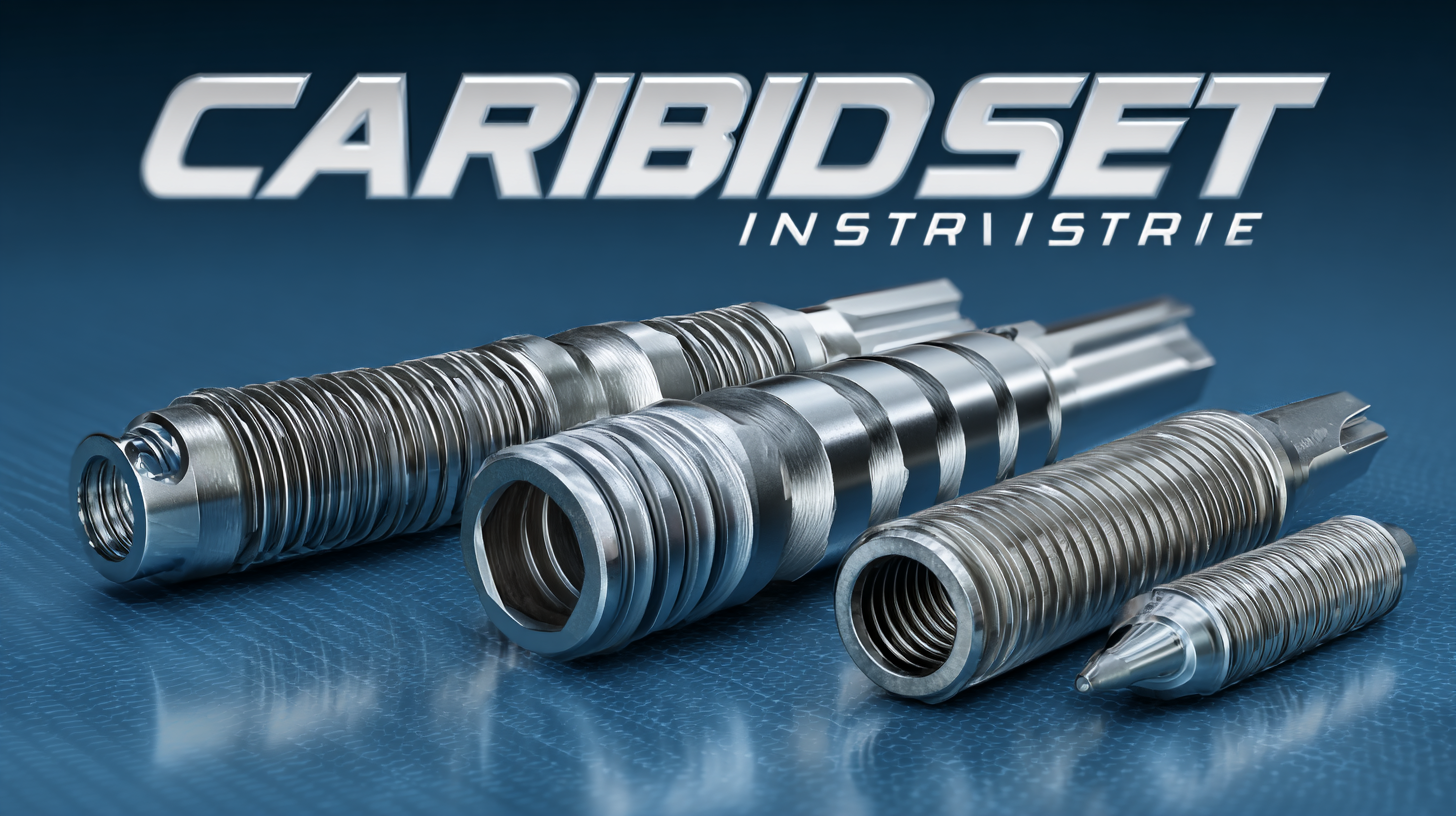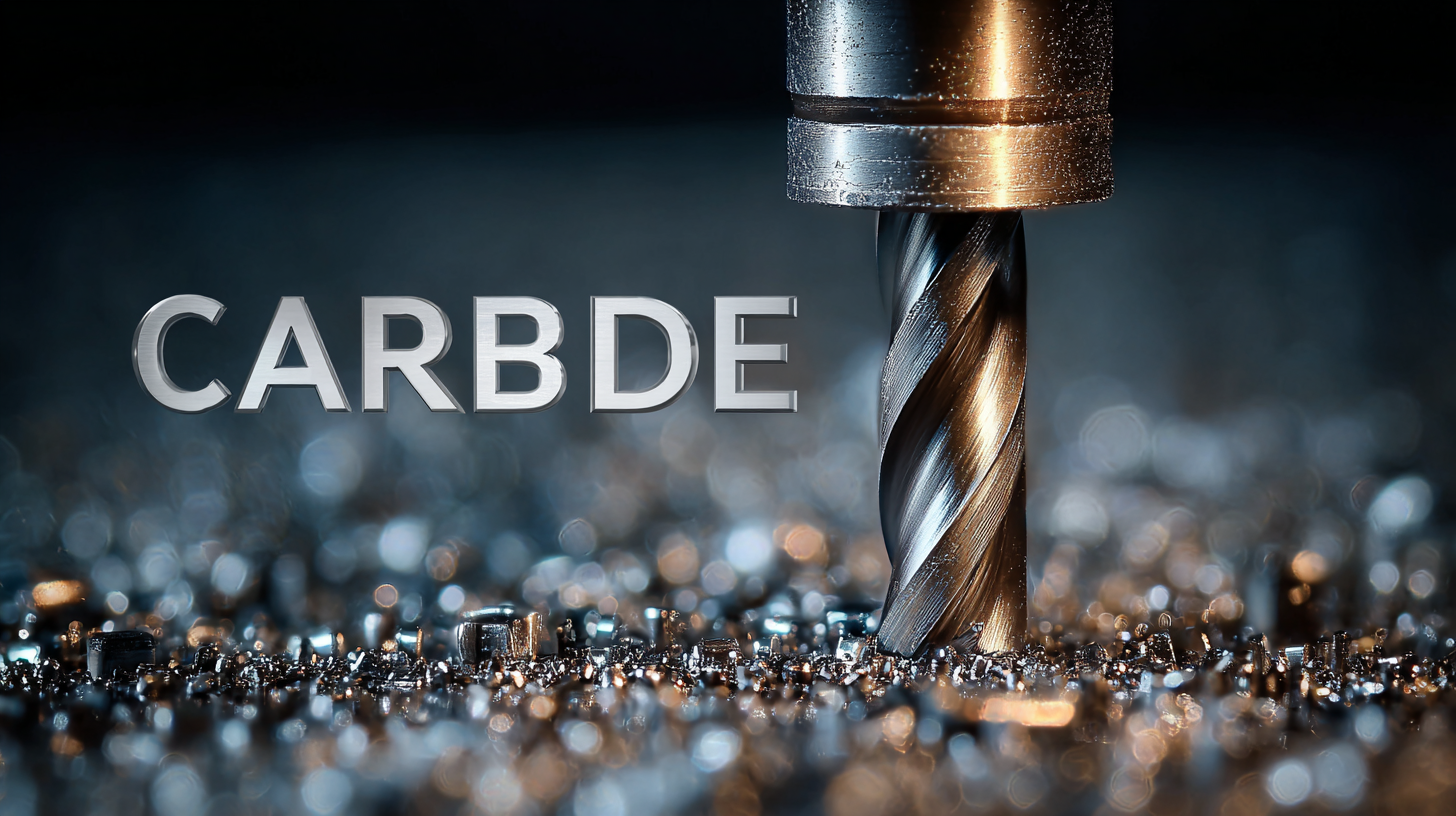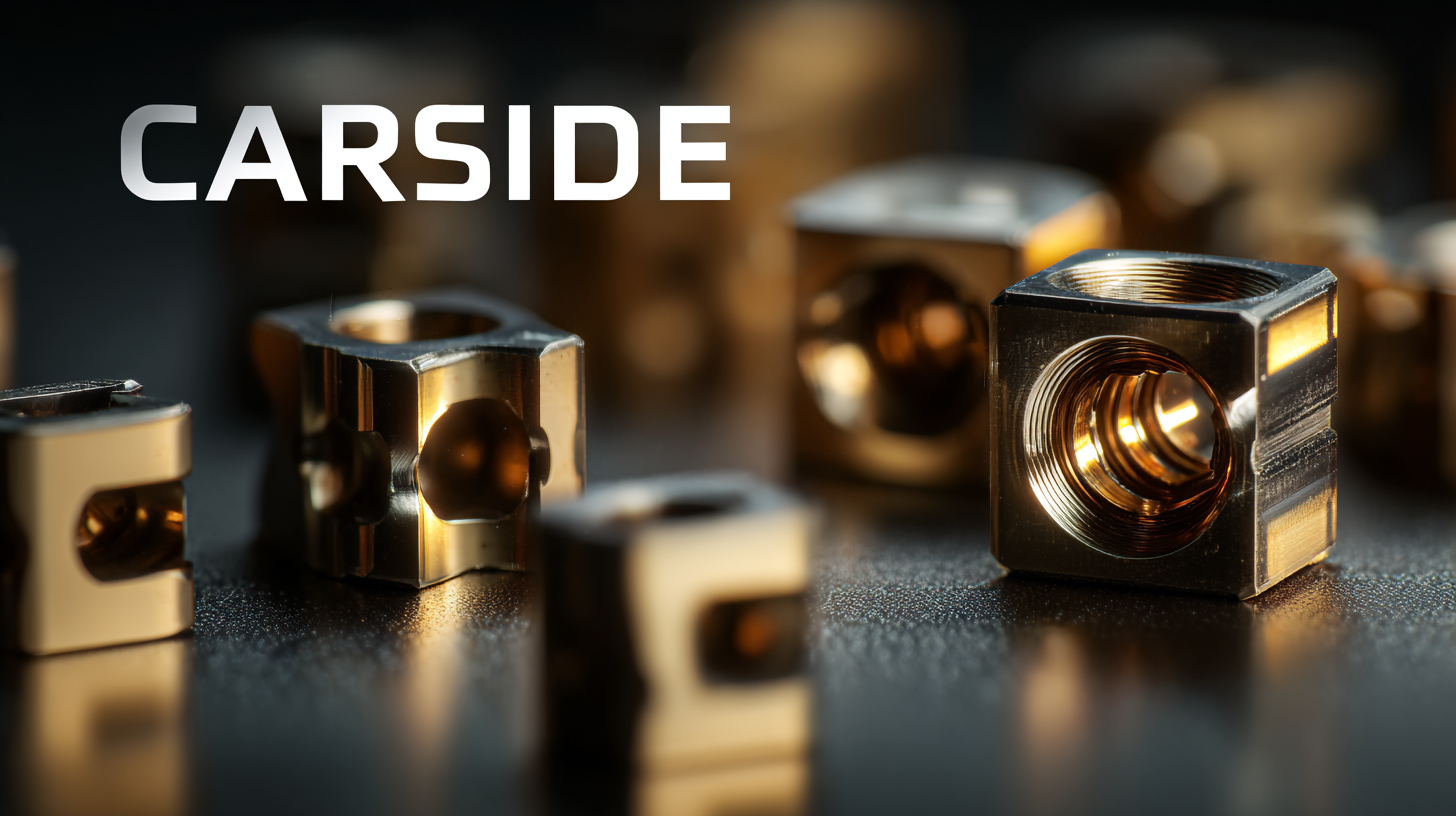SUNDI TOOLS
- Copyright © Wuxi Sundi Precision Tools Co.,LTD All rights reserved.
- Site Map
In the world of machining, the precision and efficiency of cutting tools are paramount, and carbide inserts have emerged as indispensable components in this realm. According to a market analysis report by Grand View Research, the global carbide tool market size was valued at approximately $4.06 billion in 2021, with a projected compound annual growth rate (CAGR) of 5.4% from 2022 to 2030. This rapid growth underscores the increasing dependence on high-performance tooling solutions, where carbide inserts play a transformative role. These inserts are renowned for their exceptional hardness and wear resistance, enabling manufacturers to achieve tighter tolerances and improved surface finishes across various materials.

In this comprehensive guide, we will delve into the best carbide insert specifications and applications, unlocking the potential for enhanced productivity and optimization in machining processes.
The evolution of carbide inserts has been marked by continuous advancements in material performance and application versatility. Over the decades, these cutting tools have undergone significant changes to meet the demands of various machining processes. Recent testing highlights the performance of carbide inserts, indicating that most wear is attributed to friction and attrition, especially when nearing the tool life criterion. This insight underscores the importance of selecting the right specifications to optimize tool longevity and cutting efficiency.
In the seventies, innovation led to the introduction of game-changing designs that paved the way for more effective machining solutions. As industry needs evolved, so did the specifications for carbide inserts, adapting to the challenges posed by modern materials and production techniques. Today, the emphasis is on fine-tuning geometries and coatings to enhance wear resistance and cutting precision. For instance, data from recent studies illustrate how specific edge designs significantly impact tool performance, ensuring that manufacturers can achieve higher accuracy while minimizing downtime. This progression not only reflects technological advancements but also the industry's commitment to pushing the boundaries of machining capabilities.
When selecting the right carbide insert for your machining needs, understanding the material composition is crucial. Carbide inserts are primarily made from tungsten carbide, which provides superior hardness and wear resistance. However, the specific properties can vary significantly based on the additives used in the composition. For example, cobalt is often added to enhance toughness, while tantalum can be incorporated to improve the insert's resistance to high temperatures. Selecting the right blend based on your application is essential for optimal performance and longevity.

In addition to material composition, the features of the carbide insert—such as its geometry, grade, and coating—play a vital role in determining its effectiveness. Inserts come in various shapes, including square, triangular, and round, each suited for different cutting operations. Moreover, coatings like titanium nitride or aluminum oxide can provide additional protection against wear and thermal shock. By carefully considering both material and geometric features, you can choose an insert that maximizes efficiency, improves surface finish, and ultimately enhances the productivity of your machining processes.
When it comes to carbide inserts, the choice of coating types plays a crucial role in enhancing both durability and performance during machining processes. Various coatings, such as carbide, ceramic, and CVD (Chemical Vapor Deposition) or PVD (Physical Vapor Deposition) layers, provide distinct advantages tailored to specific applications. For instance, a TiN (Titanium Nitride) coating offers excellent wear resistance and reduces friction, making it suitable for light machining of materials like aluminum. Alternatively, TiAlN (Titanium Aluminum Nitride) coatings are known for their ability to withstand higher temperatures, making them perfect for applications involving tough materials like stainless steel.

Understanding the characteristics of each coating type helps manufacturers select the best option for their specific needs. High-performance coatings not only improve the lifespan of inserts but also enhance machining efficiency by allowing for faster feeds and higher cutting speeds. Moreover, advancements in coating technology have led to the development of multiphase coatings that provide a combination of properties, such as resistance to oxidation and enhanced toughness. By choosing the right coating, manufacturers can significantly improve productivity, ultimately unlocking precision in their machining operations.
Carbide inserts are a cornerstone in modern machining processes, particularly in applications such as turning, milling, and drilling. According to a recent report by the Freedonia Group, the global market for carbide tools is projected to reach $8 billion by 2025, reflecting the growing demand for precision and efficiency in manufacturing. When selecting carbide inserts for turning operations, factors such as insert geometry, coating, and grade must be taken into account. For instance, a sharp cutting edge and a positive rake angle can significantly enhance chip removal and surface finish, crucial in high-speed turning scenarios.
In milling, carbide inserts offer superior wear resistance and thermal stability, making them suitable for diverse materials, including hardened steels and exotic alloys. As highlighted in a study by the Metal Cutting Tool Market Analysis, using the right insert can reduce machining time by up to 30%, ultimately boosting productivity. Similarly, for drilling applications, carbide inserts can improve hole quality and extend tool life, with advancements in insert technology such as PVD coatings leading to better performance and reduced downtime. The choice of insert specification tailored to the specific machining application is essential for optimizing operational efficiency and achieving desired outcomes in production environments.
| Application | Insert Type | Material | Coating | Cutting Speed (m/min) | Feed Rate (mm/rev) |
|---|---|---|---|---|---|
| Turning | CNMG | Carbide | TiN | 200 | 0.2 |
| Milling | WCMX | Carbide | TiAlN | 150 | 0.15 |
| Drilling | Indexable | Carbide | AlTiN | 120 | 0.1 |
| Turning | SNMG | Carbide | TiCN | 180 | 0.25 |
The world of carbide insert technologies is evolving rapidly, driven by advancements in materials science and engineering. According to a recent report by MarketsandMarkets, the global carbide inserts market is projected to reach $4.5 billion by 2026, growing at a CAGR of 4.2% from 2021. This growth is primarily fueled by the increasing demand for precision machining in various industries, including automotive and aerospace, where the need for high-performance cutting tools is paramount. Companies are increasingly adopting coated carbide inserts, which enhance tool life and performance, ultimately leading to lower operational costs.
Moreover, sustainability is becoming a significant trend in the carbide insert segment. The industry is witnessing a surge in the development of eco-friendly coatings and materials that not only improve performance but also reduce the environmental impact of manufacturing processes. Research from Technavio highlights that innovation in carbide insert technologies, such as the use of advanced ceramics and high-speed steel composites, is becoming increasingly common. These innovations are setting new benchmarks for wear resistance and thermal stability, further driving demand in the precision machining sector and making it a pivotal area for investment and growth in the coming years.